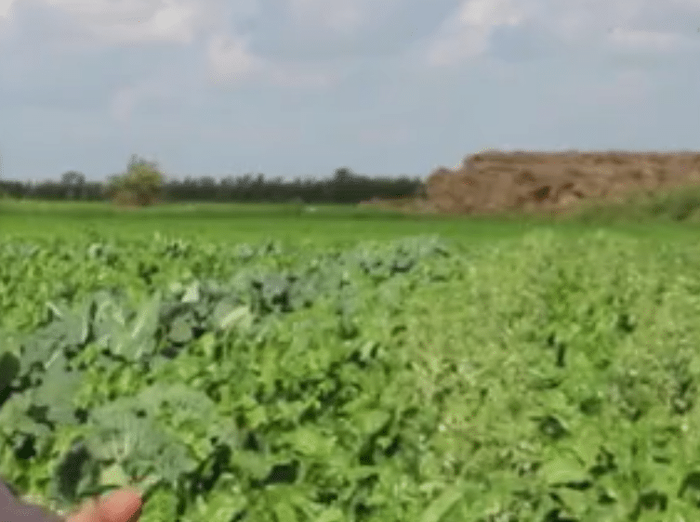Growing cereals in the same field year in year out depletes nutrients from the soil. The yield declines while weeds and diseases increase.
To control weeds and diseases, agro chemicals are used. These are used inappropriately and extensively which destroys soil life and puts farmers in debts as they see their profits decreasing year in year out. This is why crop rotation has become important.
Importance of rotation
Crop rotating between deep rooted and shallow rooted crops helps in nutrient recycling. This helps in a better harvest.
In crop rotation, legumes add nutrients to the soil and include crops like leucaena, alpha alpha, soya beans, chick peas, ground nuts and peas. Legumes produce their own nitrogen to grow and also slowly release nitrogen to the soil when heir roots and residues are left in the field.
Rotating with legumes
Before planting legumes, check for salt deposits in your soil and/ or irrigation water because legumes are so sensitive to salty soil. You can tel this looking at your maize crop. Unlike wheat and sorghum that can tolerate salty soil, maize grows weak and withers in salty soil which are unsuitable for legumes.
If legumes haven‘t been planted in the field before, you can inoculate the seed with rhizobia. Some rhizobia are specific to given legumes while others are not so buy rhizobia suitable for your legume crop.
Rhizobia innoculation
When inoculating, half a kilogram of inoculum is enough for half a hectare but if your soil is sandy, double the amount of inoculum. Coat your seed on the day of sowing using a sticky liquid for example molasses, honey or sugar solution and after sowing, irrigate your field.
After 4 to 8 weeks when the legumes are flowering, verify wether the rhizobia bacteria are active by sampling about 5 plants in the field. There should be 30 nodules per plant and the colour inside the nodules should be pink/ red and not white.



















